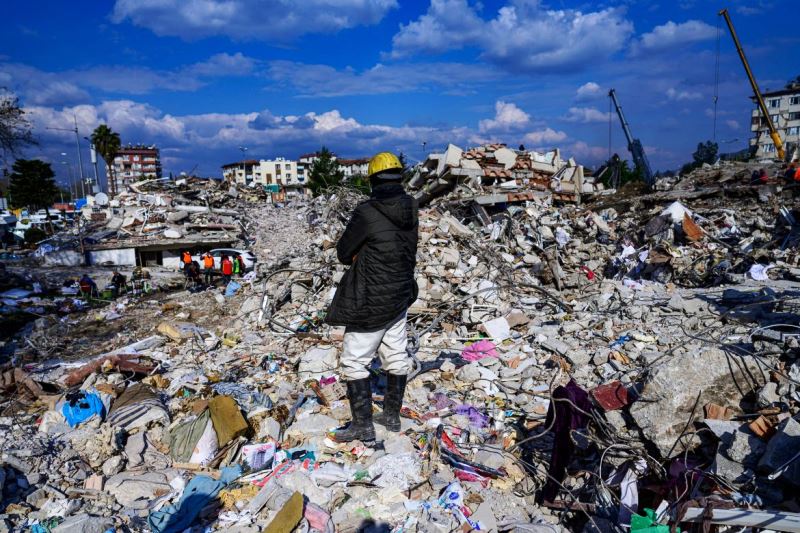Global insured losses from natural catastrophes in the first half of 2025 reached $80 billion, nearly doubling the 10-year average, according to preliminary estimates from the Swiss Re Institute. This figure marks the second-costliest first half-year on record and was largely driven by the unprecedented Los Angeles wildfires and severe thunderstorms across the United States. The wildfire event alone caused an estimated $40 billion in insured losses, making it the largest single wildfire loss in U.S. history.
The Swiss Re Institute highlighted that the rise in wildfire losses is tied to climate change factors such as rising temperatures, prolonged droughts, changing rainfall patterns, and increased suburban development in high-risk areas. These conditions have contributed to a sharp escalation in wildfire-related insured claims over the past decade, with eight of the ten costliest wildfire events occurring in the last ten years and the share of such losses increasing from about 1% to 7% of all natural catastrophe claims.
Aside from wildfires, severe convective storms (SCS) like large hail and tornado outbreaks also contributed significantly to insured losses in the U.S., although the total SCS losses in H1 2025 were below the trend estimate and previous record years. The insurance industry faces growing challenges as escalating climate risks prompt insurers to retreat from high-risk zones, leading to coverage gaps and increased financial vulnerability for affected communities.
Looking ahead, the Swiss Re Institute estimates that total insured losses for 2025 could surpass $150 billion, with natural catastrophe activity expected to increase in the second half of the year due to the North Atlantic hurricane season. Forecasts indicate near- to above-average hurricane activity, with three to five major hurricanes anticipated, exceeding the long-term average of three. This ongoing trend underscores the intensified risk landscape insurers must navigate amid climate change.



